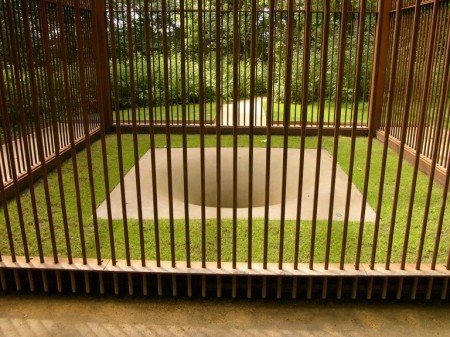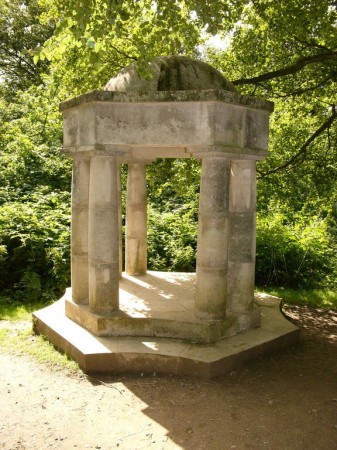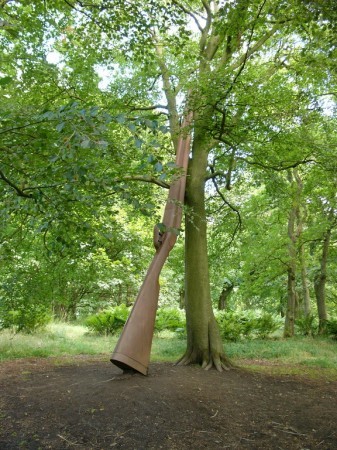Views of North Berwick & Vicinity (1)
September 22, 2015 by Scran | 3 Comments
Scran will be working closely with the P5 class at Law Primary School in North Berwick throughout next week. Together we will be examining lots of local content and weaving what we find into our learning journeys. 
As well as being digital, weather permitting, we’ll be taking to the skies with our camera & K.A.P. kit. So please, fingers crossed for fair weather over East Lothian.
Many of the resources we will use in class come from East Lothian Museums Service who are contributors to the collections on Scran. For example, this rather quaint souvenir is leather bound and originally contained 15 black & white photographs with tinted skies. It was published by Valentine of Dundee around 1895, so it gives us a clue as to how long people have been visiting the beautiful seaside at North Berwick.
What more will our Primary 5 digital detectives be able to discover about where they live? We’ll be looking at lots of aerial imagery, considering how the town has changed and expanded over time. We’ll think about traits & trades which may have remained the same and finally, when we reach the end of our collaborative investigations, we will share our findings – so tenterhooks until then.
Image © East Lothian Museums Service. Licensor www.scran.ac.uk




















